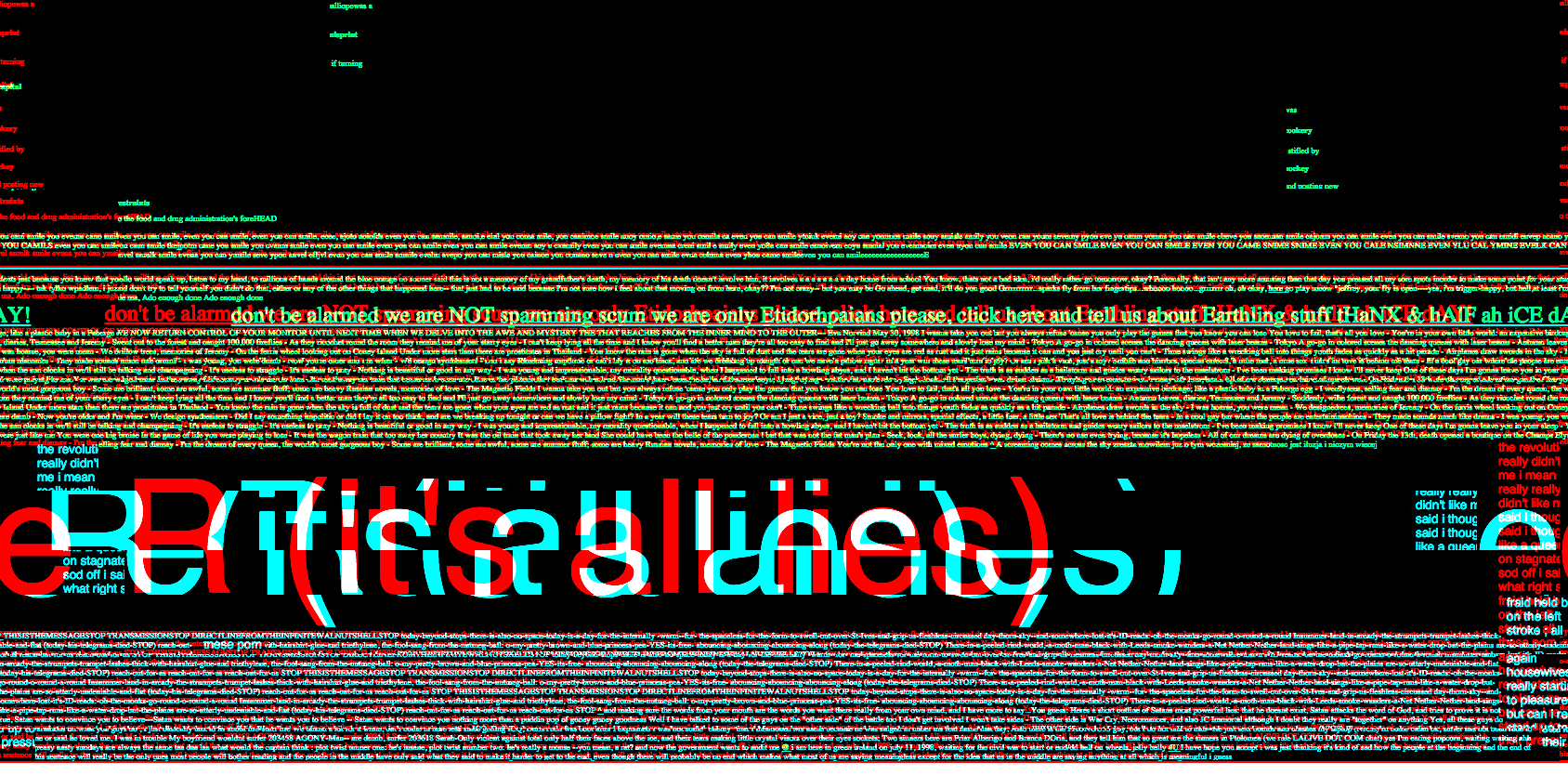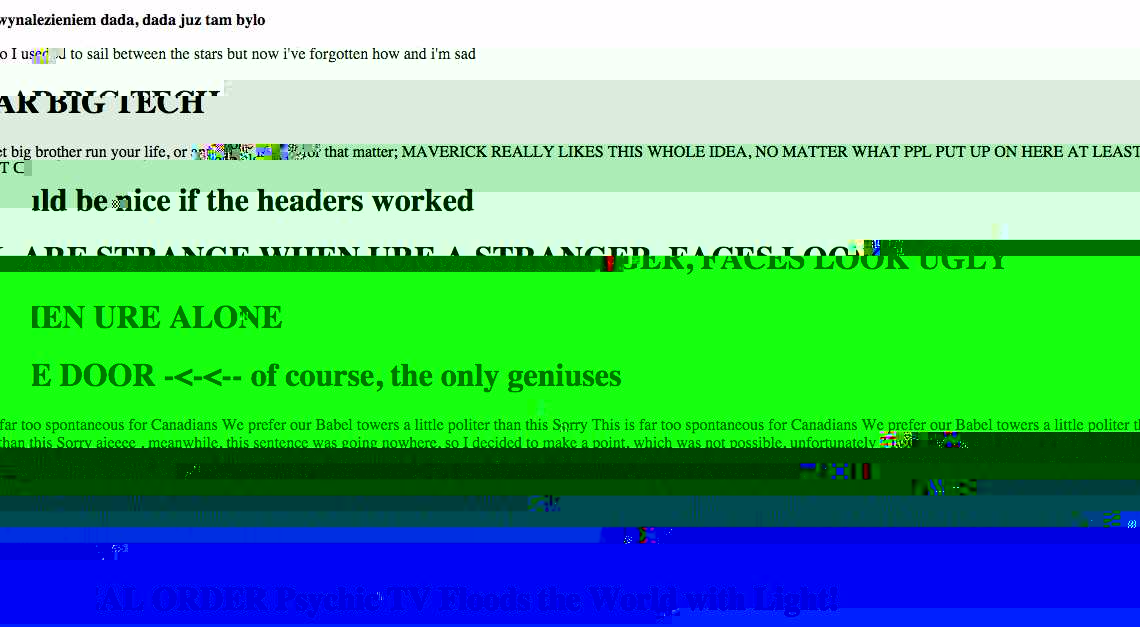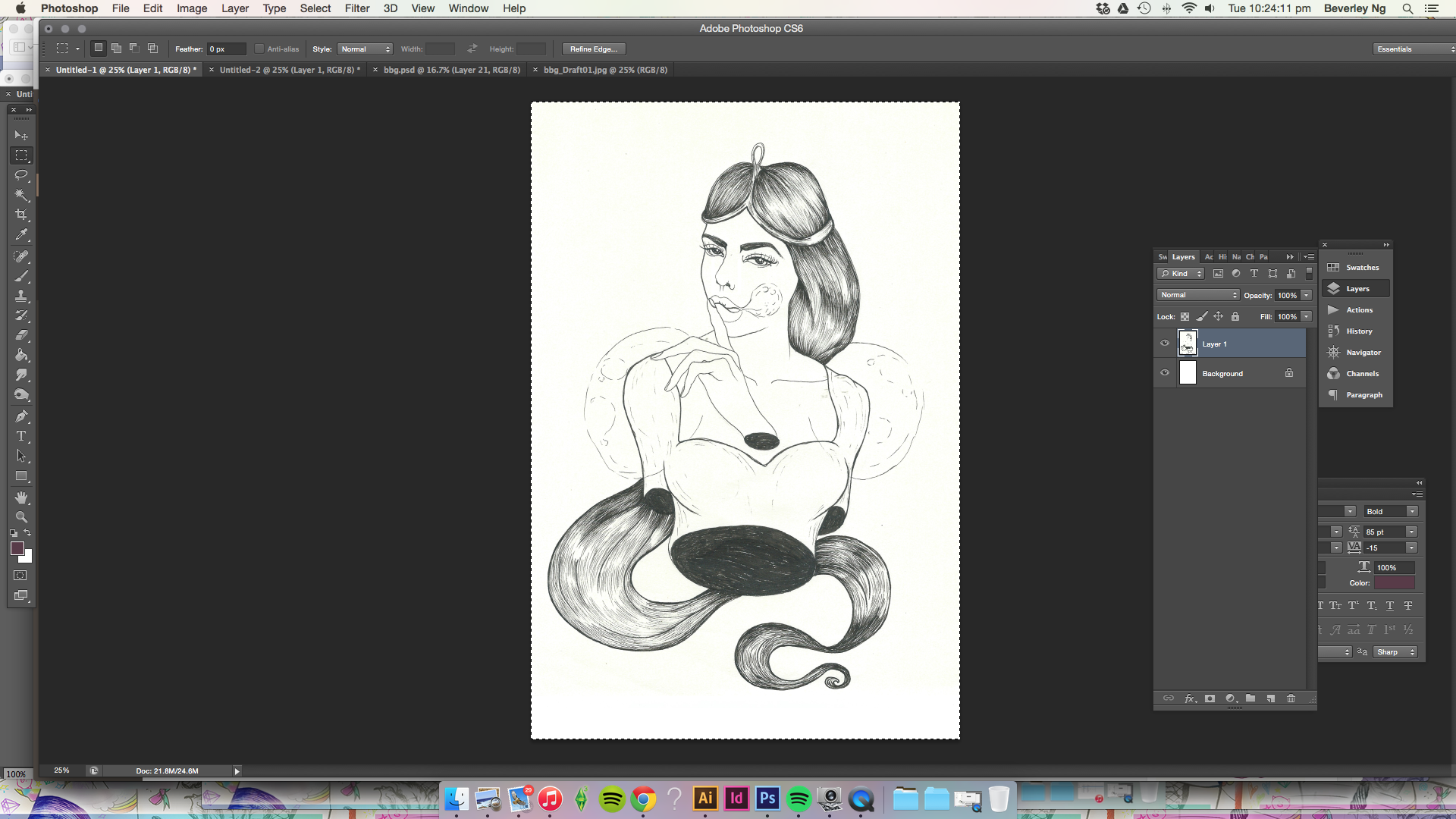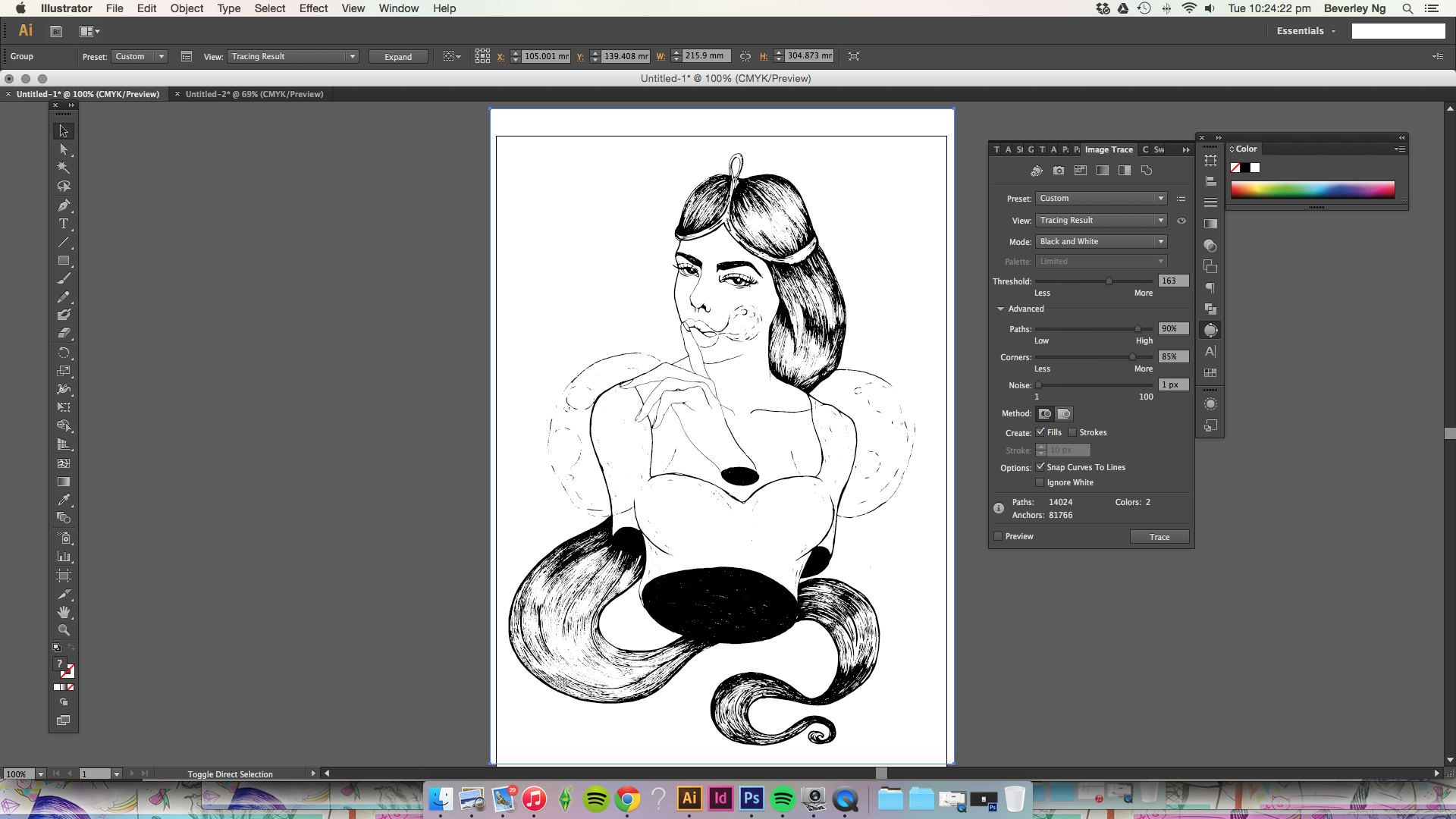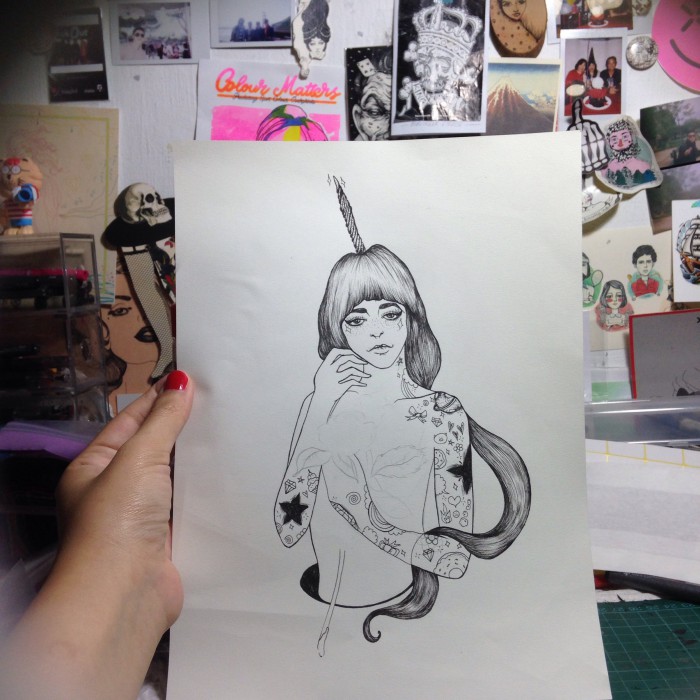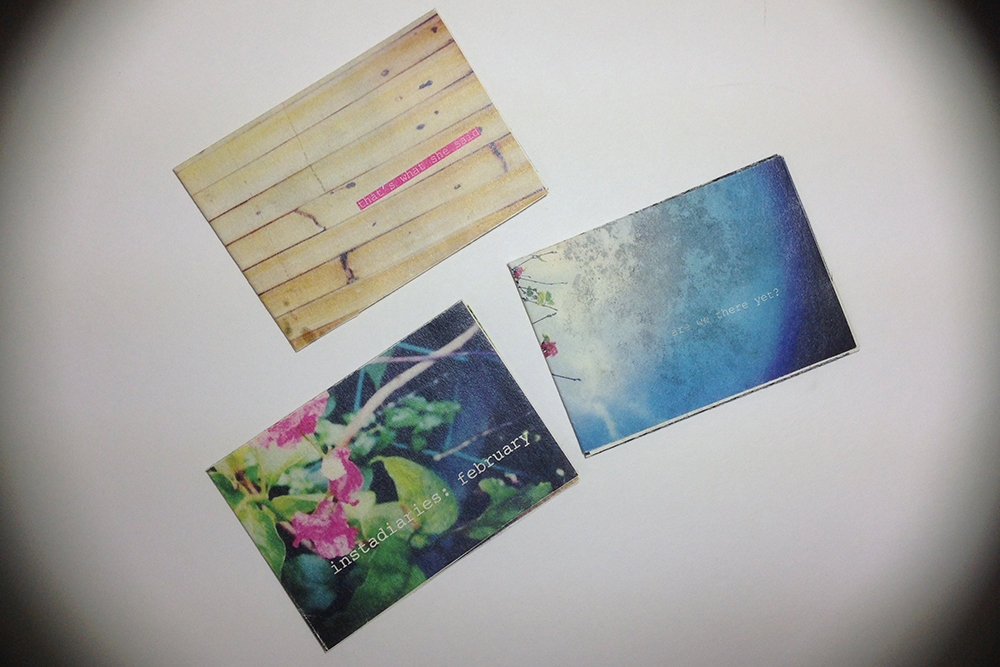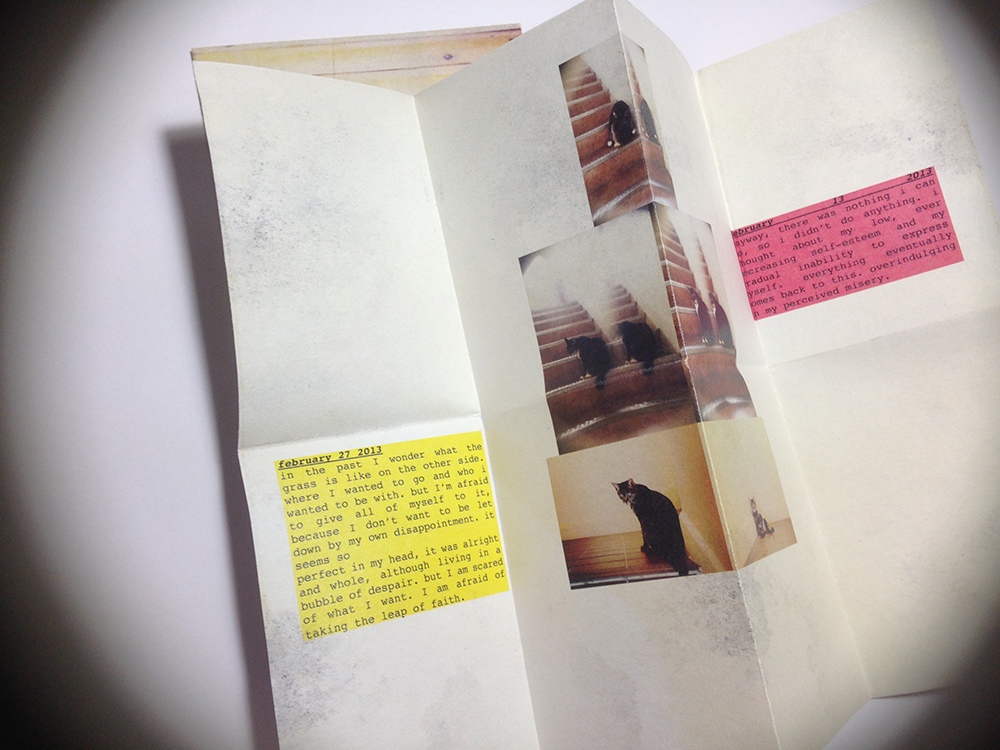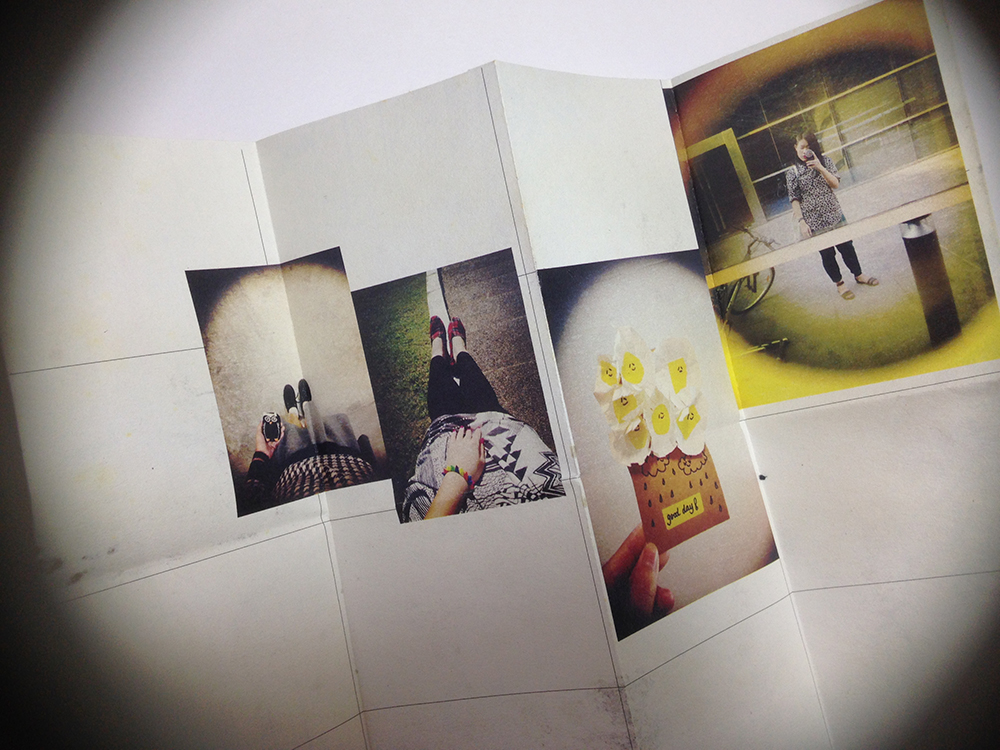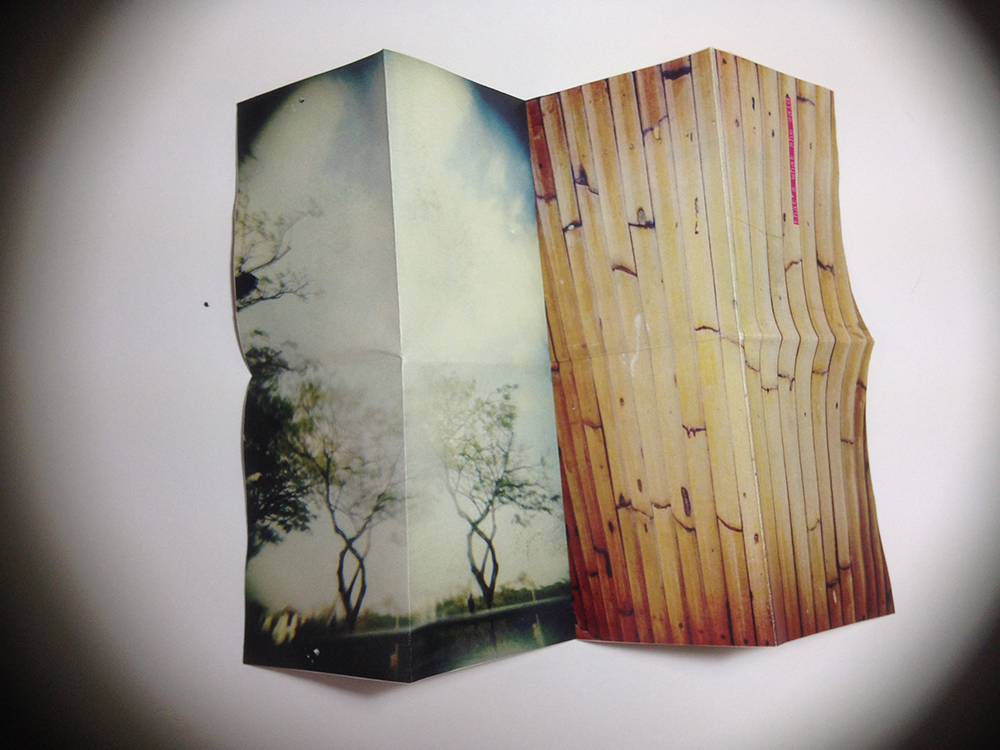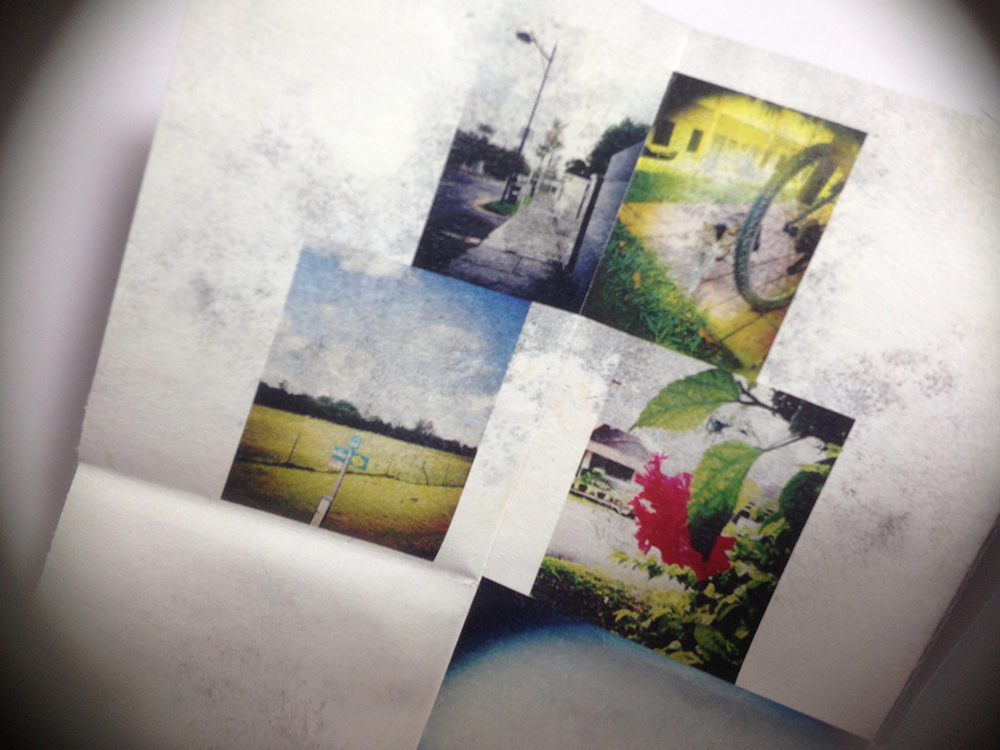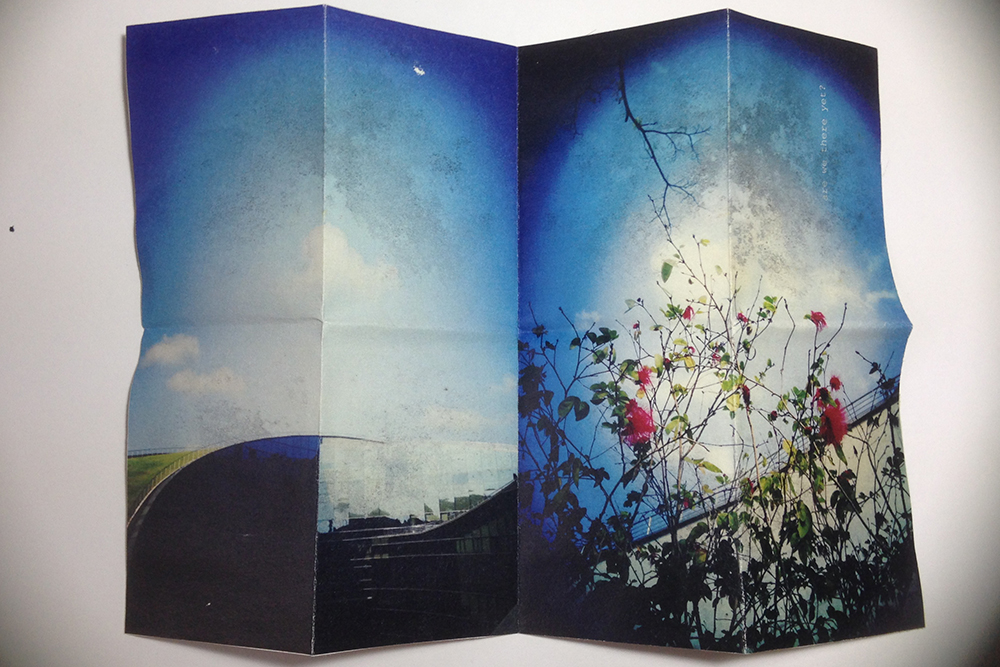
I haven’t quite written anything about making chance art yet, but this weekend I think I’ll do some research and include a few more references for chance art. Last semester I fooled around with some glitch makers online and I got some pretty crazy results. I used a couple of the outcomes in the large Photoshop artwork, but I mostly used it as a starting point for glitch experiments.
Made with image glitcher experiment
This online app manipulates a .jpg image, so that it creates all this weird, fancy errors. What I did was to play around with the sliders until I achieve some effect that’s quite nice: often it’s the colours that are produced, or how an area of the image is distorted. Then I make screenshots of the various results.
I’m currently doing bit more research into each area of my report as I work my way through the desired outcomes. A few days ago I had my meeting with Randall and we discussed making a longform WordPress theme. One of the girls in my fyp group, Boyan, is very good at making themes, so I thought maybe this time I’ll produce a sketch and rope in the help of someone who’s better at coding. To be honest, I think I will struggle quite a bit with learning the coding for WordPress theme. I don’t think it will be impossible for me to learn, or that I’ll not have the patience for it. But it has been a long time since I did any coding, and I quite look forward to working with Boyan to make something cool for the virtual part of my project.
While doing some reading on David Carson’s works, I wondered how he ever thought of making deconstructed typography. I feel that the experimental quality of his design is reminiscent of the Surrealist automatism concept. Automatism art taps into the subconscious mind of the artist, and allow that subconscious to work itself onto the paper. Sometimes I feel it is not as easy as it looks or seems, to create experimental artwork. It’s almost like meditation: you got to just kind of shut down a small part of your brain, and just make an artwork without really thinking about it. just go with the flowwwww~~
What I like about the image glitcher experiment is that it pushes that button: stop thinking! I glitched some body of text just to give me some visual ideas of what I can make, typographically, and then I can expand from there. I love this part of the work, definitely. Having no idea of the outcome can be an exhilarating thing, and from my experiences, is a pretty damn good!
To more experimenting!

